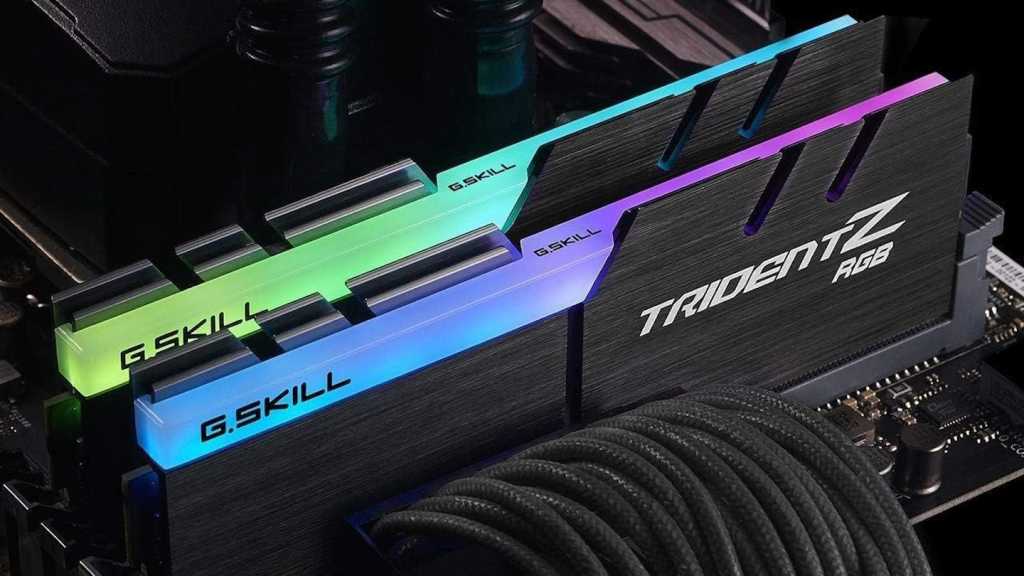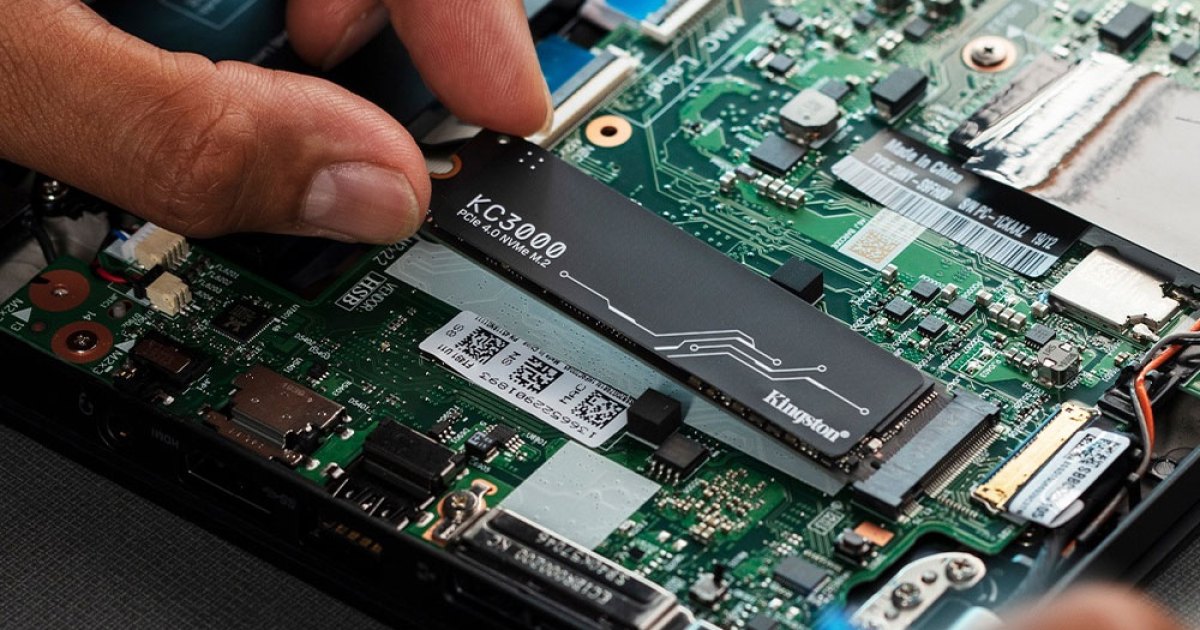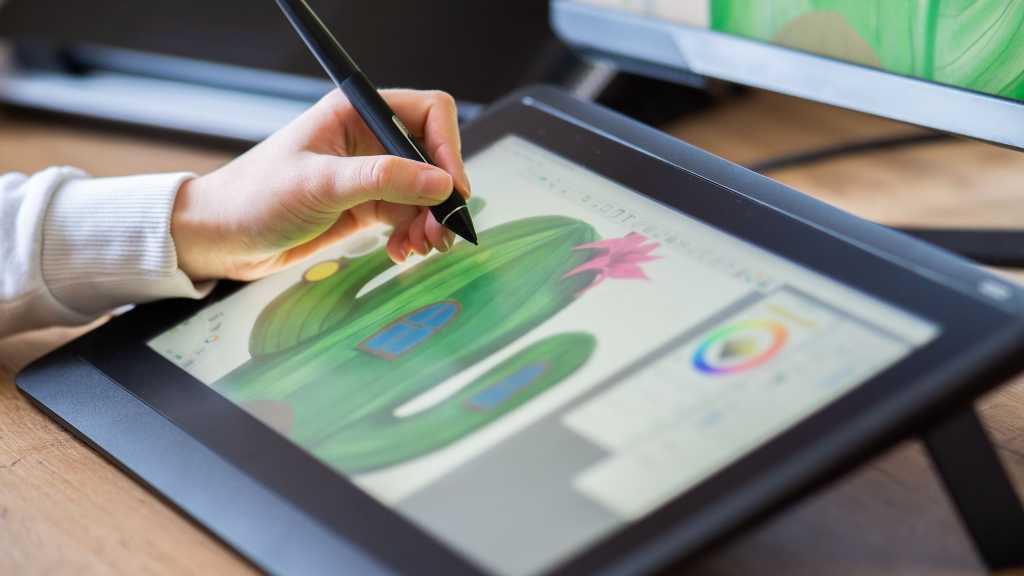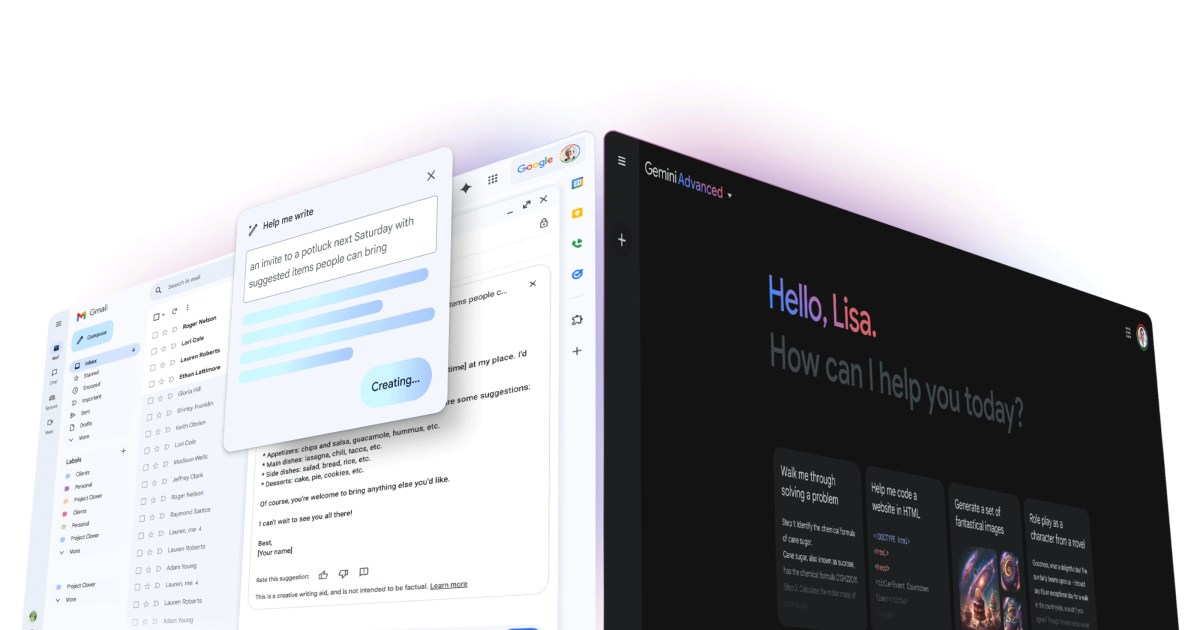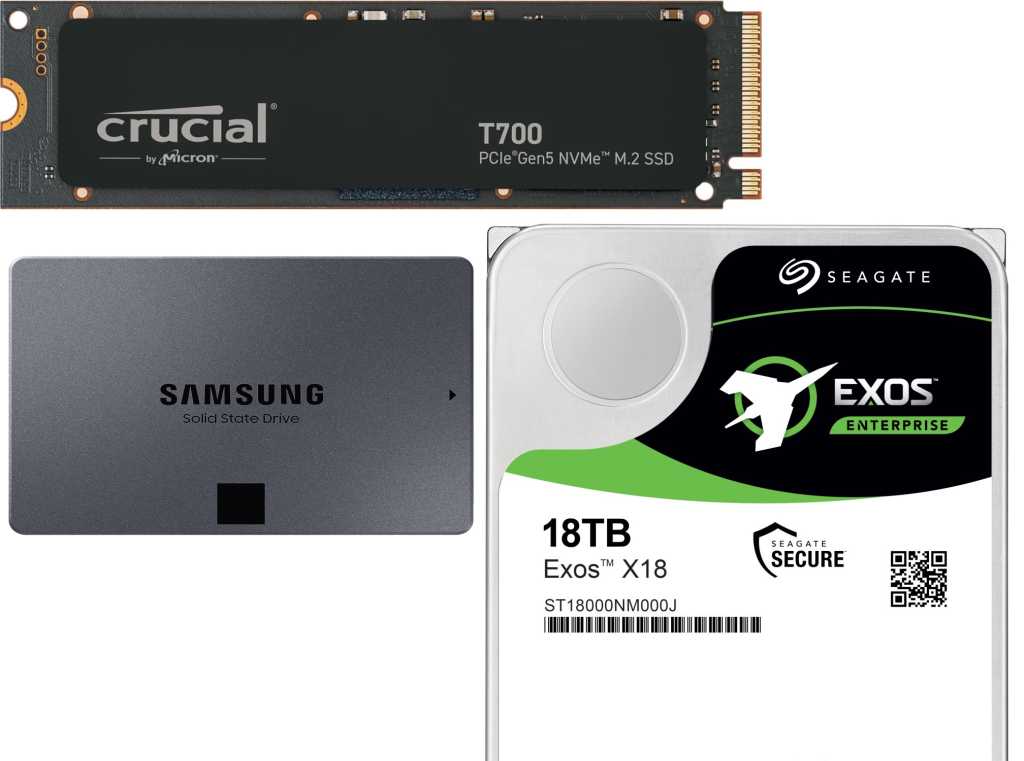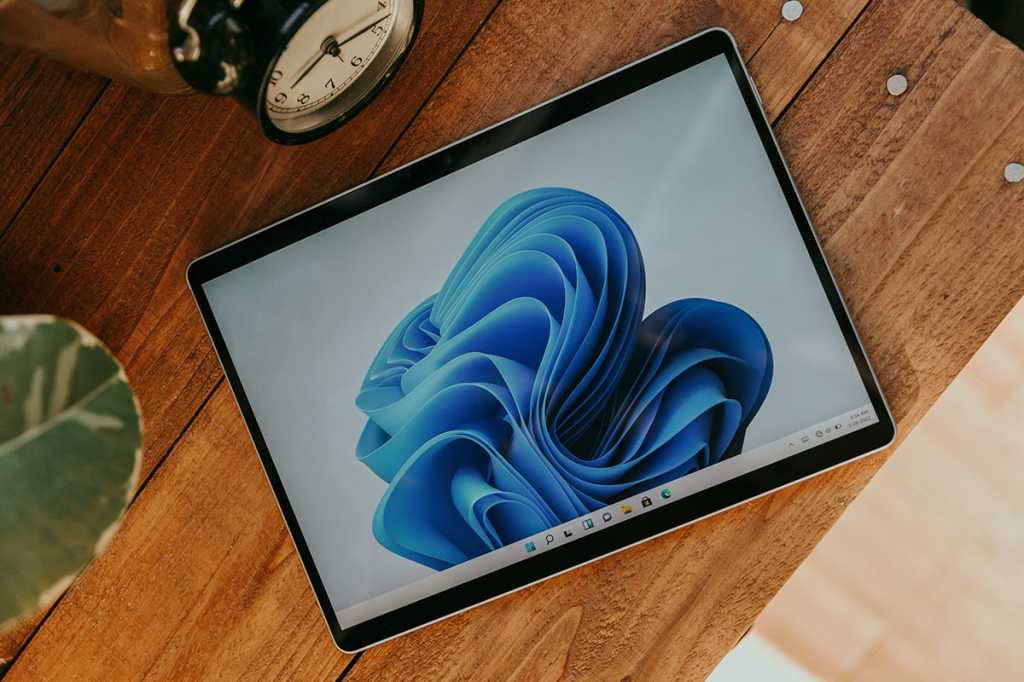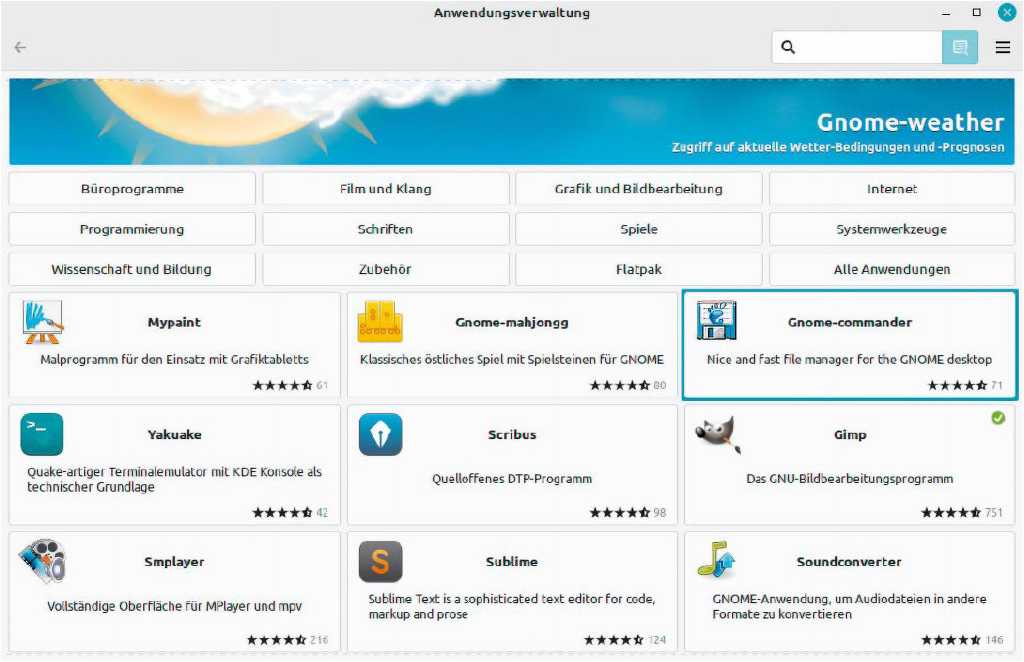The Fall 2023 release of Windows 11 23H2 marked the last major feature update. While initial concerns arose about Windows 10’s future, Microsoft has confirmed ongoing development for the older OS. Given its widespread use, speculation persists regarding extended support beyond the official October 2025 end date. Whispers of Windows 11 24H2, potentially dubbed Windows 12, also circulate, though official details remain scarce. The demanding hardware requirements seem likely to continue, potentially excluding older devices from official Windows 11 or 12 installations.
However, many next-gen features can be experienced on Windows 10 and 11 today. This article explores how to access and utilize some of these functionalities now, offering a glimpse into the future of Windows.
Reimagining the File Manager and Desktop
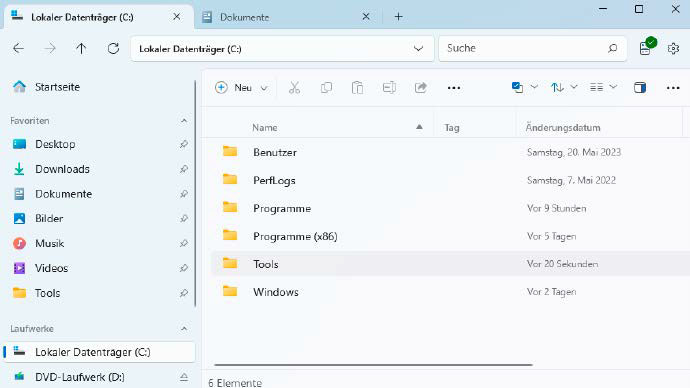
Microsoft is heavily invested in redesigning the desktop and Windows Explorer, a trend expected to persist. Explorer.exe, responsible for the desktop interface, taskbar, and context menu, is a critical system process. Its instability can impact the entire desktop experience.
Microsoft envisions separating core OS components from user-facing programs, similar to the discontinued Windows 10X project. This modular “Core PC” concept could enhance system stability and expedite updates. While only Microsoft can implement this significant restructuring, users can explore alternative solutions for improved file management.
Embracing Alternative File Managers
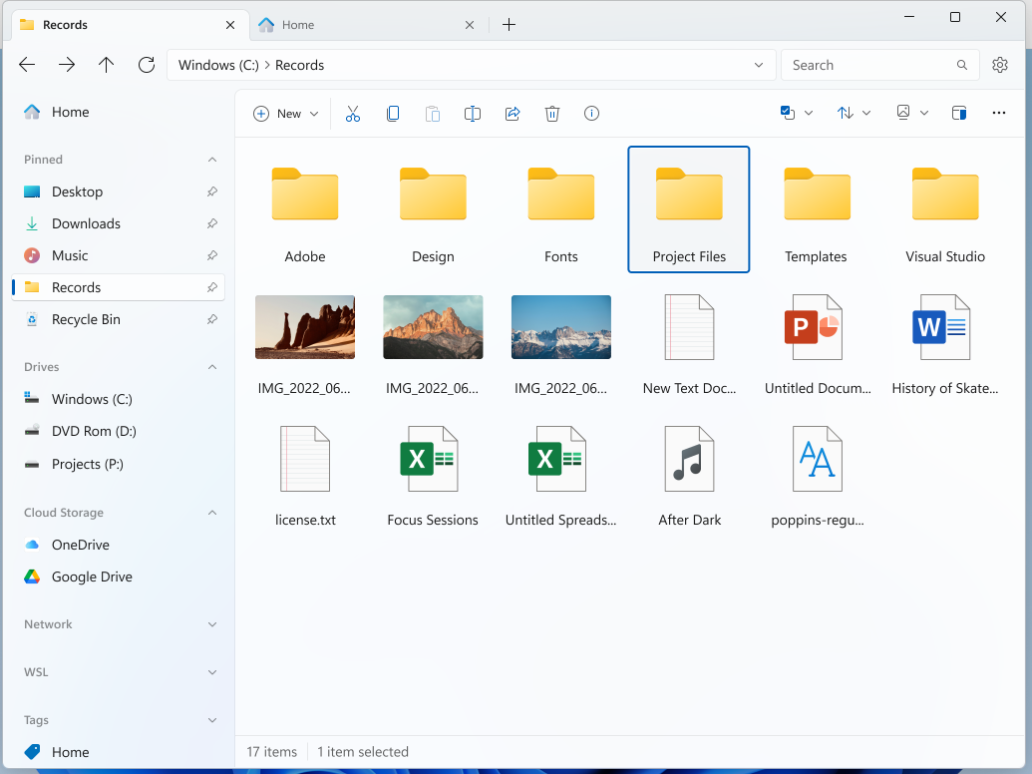
Using a separate file manager mitigates the impact of Explorer.exe instability. “Files” is a modern alternative mirroring Windows Explorer’s aesthetic while offering enhanced functionality.
Files boasts tabbed browsing, allowing multiple folders to be open simultaneously. The tab context menu provides options to duplicate or open tabs in new windows, also achievable with the Ctrl+T shortcut. A split-view feature, accessible via the “New panel” option, facilitates side-by-side folder comparisons.
The settings menu (cogwheel icon) allows customization, including remembering open folders upon restart. Files simplifies archive management, supporting Zip and 7-Zip creation and extraction. File organization is enhanced through tagging, enabling efficient searching and filtering.
Enhancing the Windows Taskbar
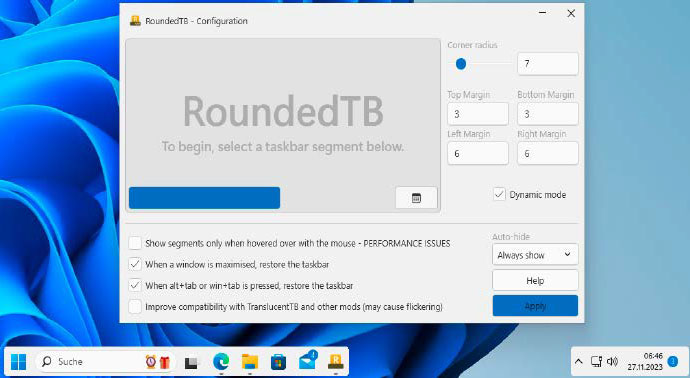
Windows offers limited taskbar customization. While future Windows versions may address this, users can explore third-party tools for immediate enhancements.
Rounded TB (for Windows 11) allows adjusting taskbar margins and size. Its “Dynamic Mode” automatically scales the taskbar based on icon count. Minor adjustments in Windows settings might be necessary to correct display issues.
Rocket Dock offers a Mac OS-style dock, presenting animated icons for quick access to folders and applications. Customization options include dock position, appearance, and auto-hiding.
Early Access to Windows Function Updates
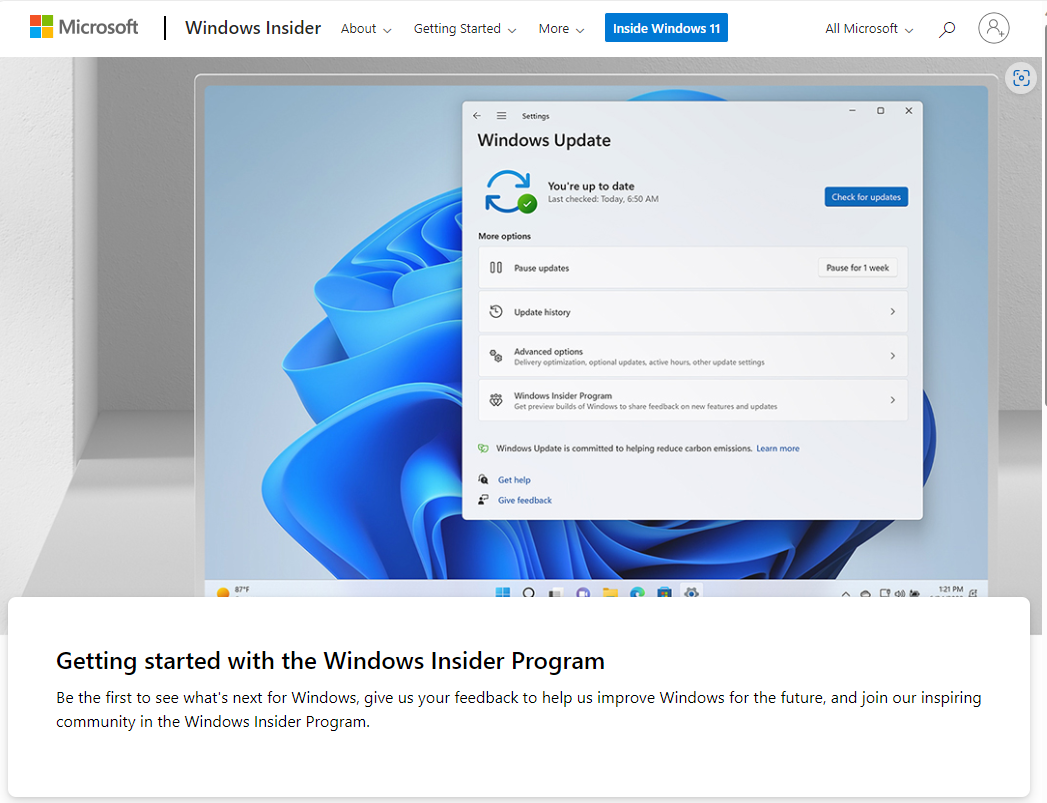
The Windows Insider Program grants early access to new features. While the Release Preview channel is recommended for production systems, testing pre-release versions on a separate machine or virtual environment is advisable.
Joining the program requires a Microsoft account and selecting an update channel. New functions rollout in waves and may vary by region. Microsoft’s website provides details on available channels, build numbers, and changelog information.
Reviving Desktop Mini-Programs
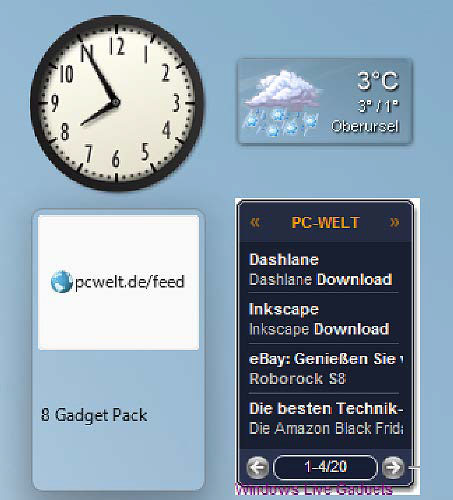
While Windows 10 and 11 offer “News and Weather,” its functionality is limited. 8GadgetPack revives Windows 7 gadgets, offering customizable mini-programs for the desktop.
8GadgetPack provides a sidebar with gadgets like clock, clipboard, and weather. Gadgets can be repositioned on the desktop and configured individually. Additional gadgets can be added through the context menu.
Accessing the Latest Updates Unofficially
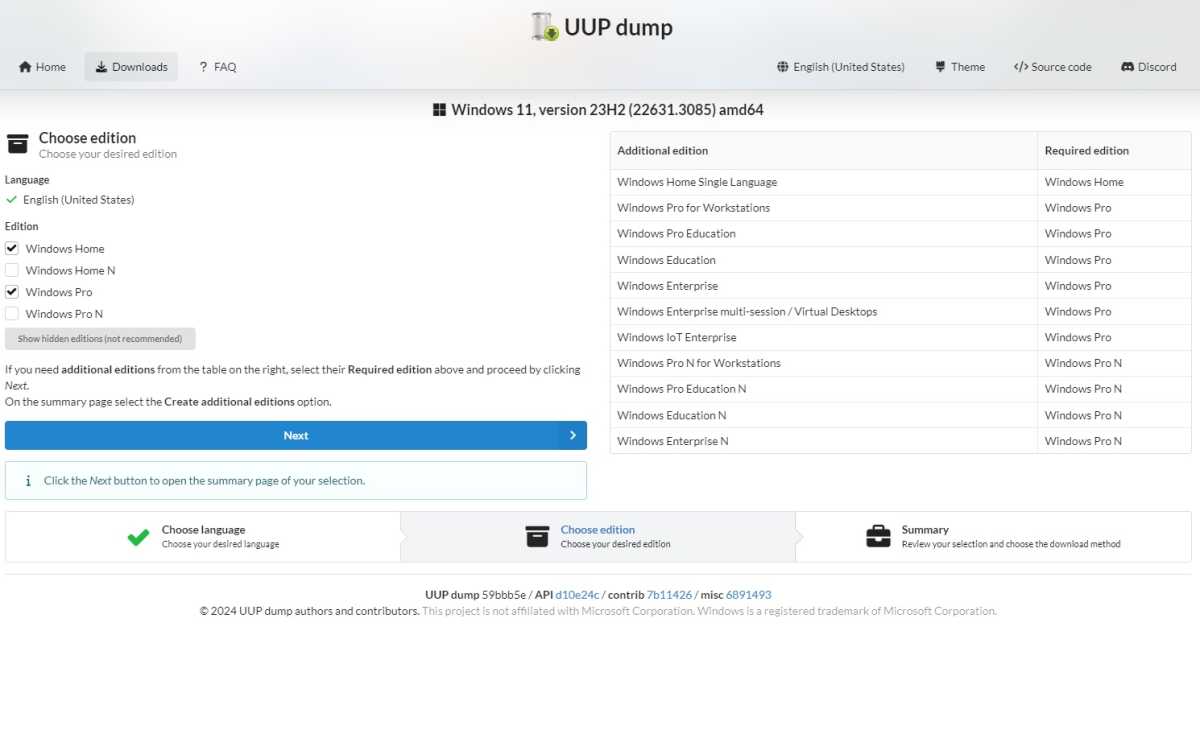
UUP Dump (uupdump.net) provides access to the latest builds from all update channels. Users can select specific Windows versions, languages, and editions. The website facilitates downloading and converting builds into ISO files, which can then be used for installation or updating.
Unlocking Hidden Features
Microsoft often includes dormant features in updates, activating them later. Vivetool can unlock these functionalities ahead of their official release. However, this process requires specific build numbers and steps which may vary due to subsequent updates. Caution and research are advised before using Vivetool.
Exploring AI Alternatives
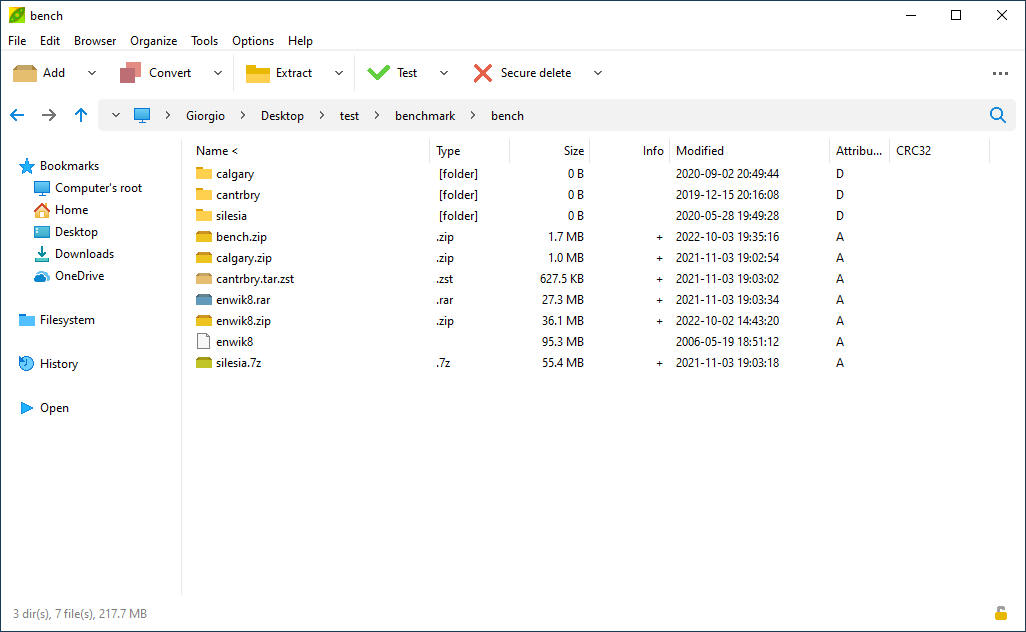
Microsoft’s future heavily emphasizes AI integration. Users wary of data sharing can explore alternatives like GPT 4 All for local AI processing. Terminal GPT and Shell GPT offer AI assistance within Powershell and Command Prompt. Lama Cleaner utilizes AI for image processing, including object removal and background reconstruction.
Voice Control Options
Voice control is another area of future Windows development. Amazon Alexa users can integrate their PC using the Alexa app, Triggercmd, and a Triggercmd account. This enables voice commands for various PC functions.
Enhanced Archiving Tools
Windows Explorer’s archiving capabilities are limited. While Windows 11 23H2 introduced support for unpacking additional formats, 7-Zip and Peazip offer faster performance and broader format compatibility, including password protection. WinRAR provides specialized RAR archive creation.




